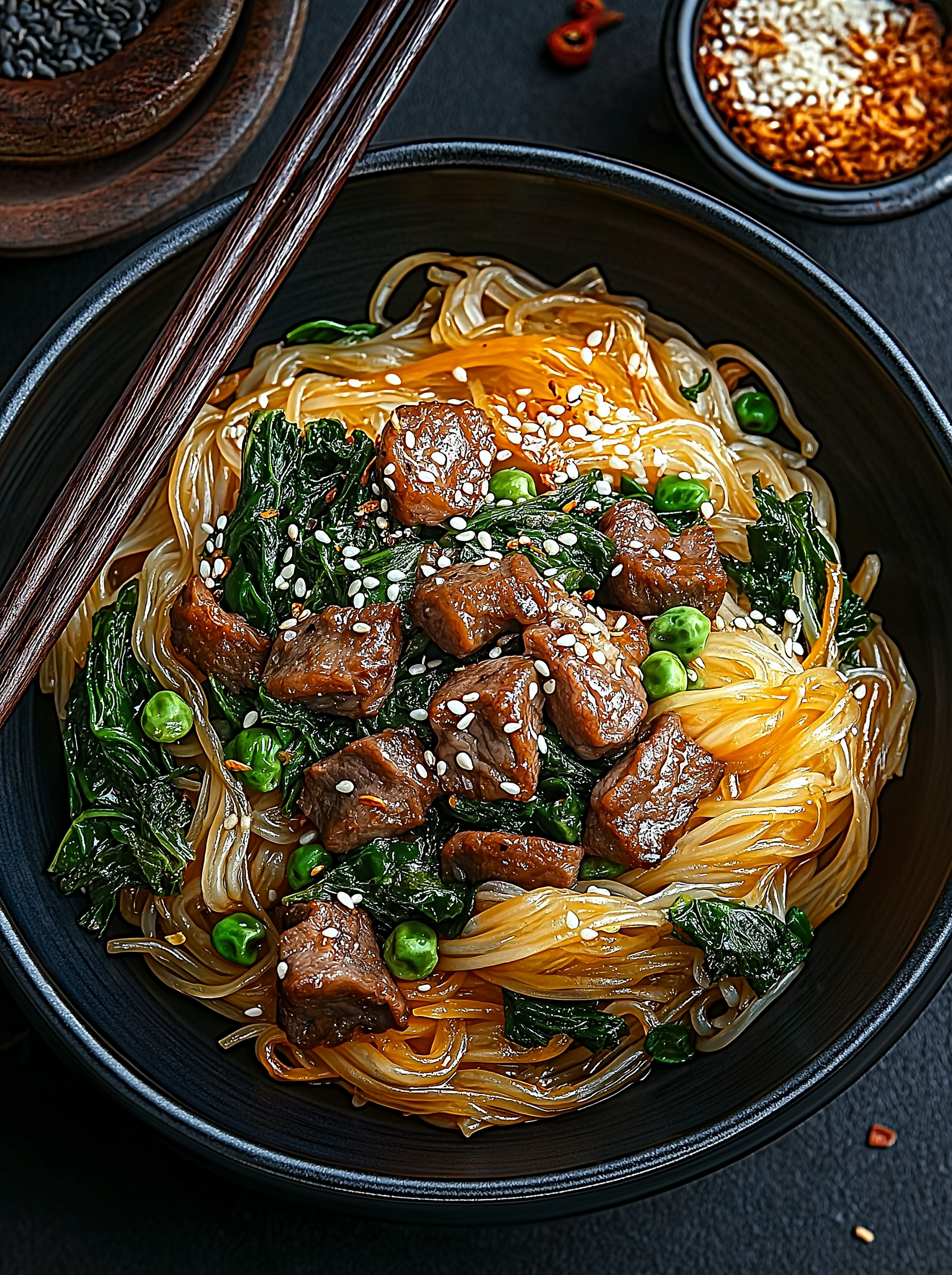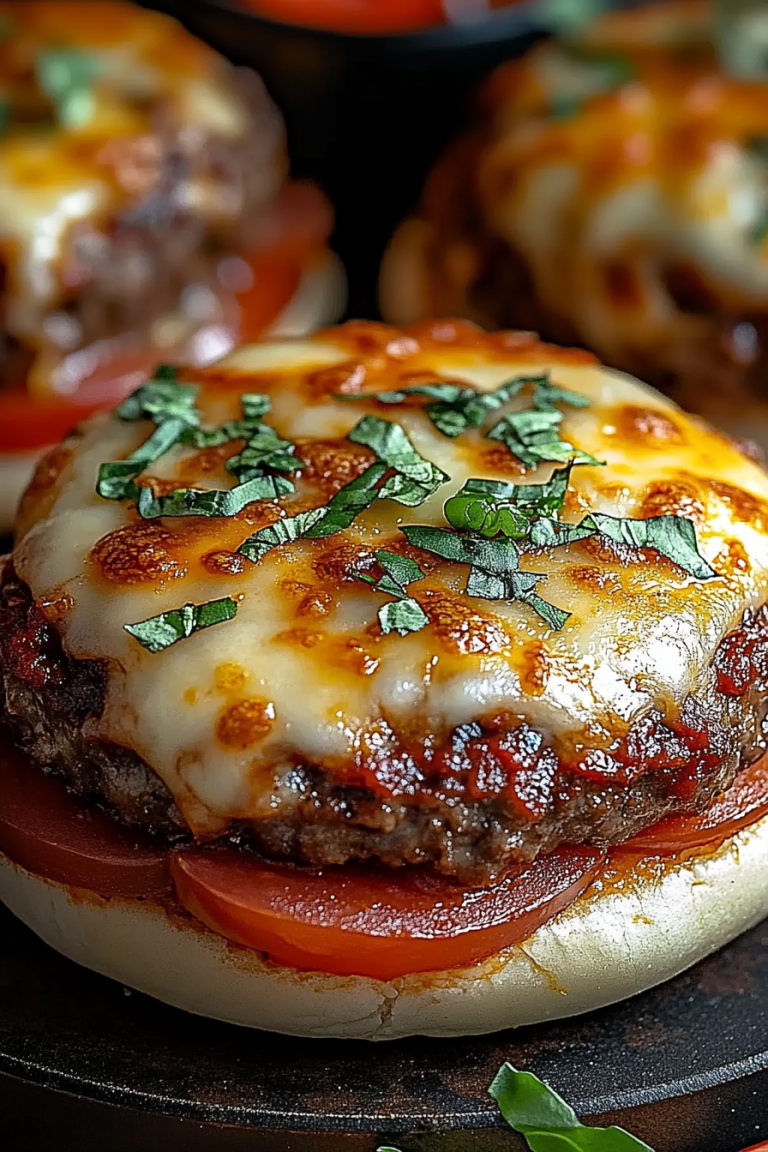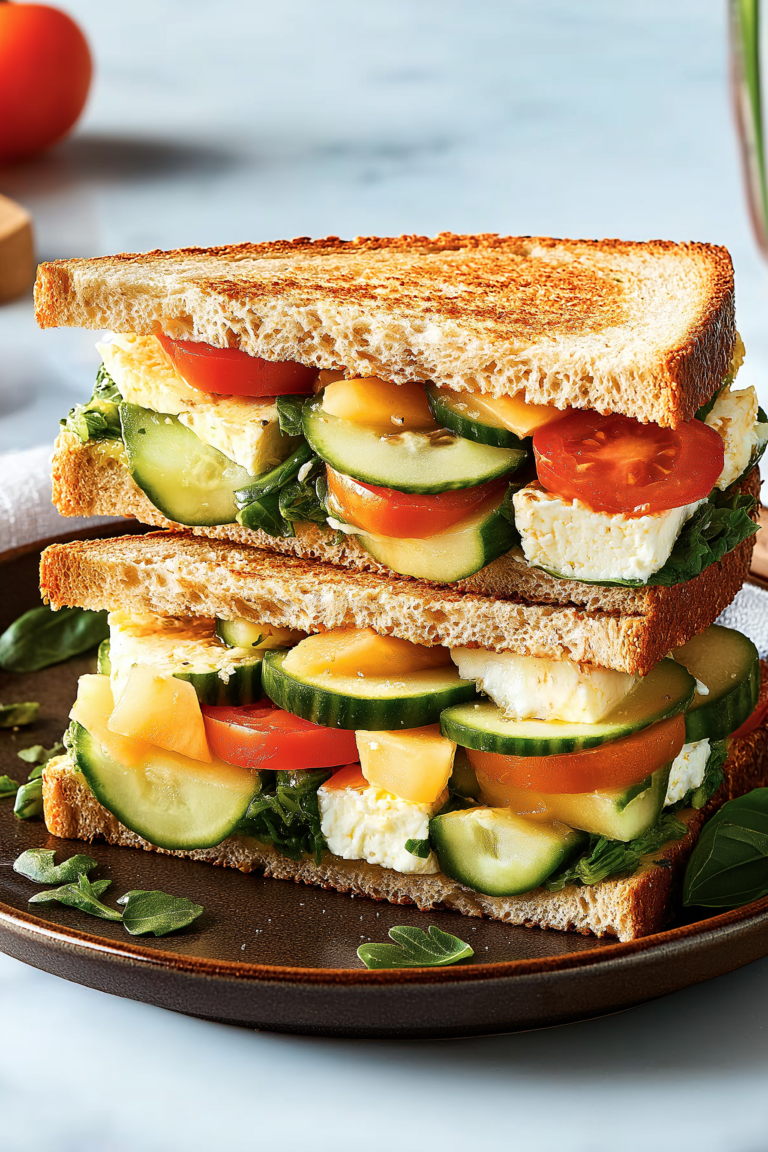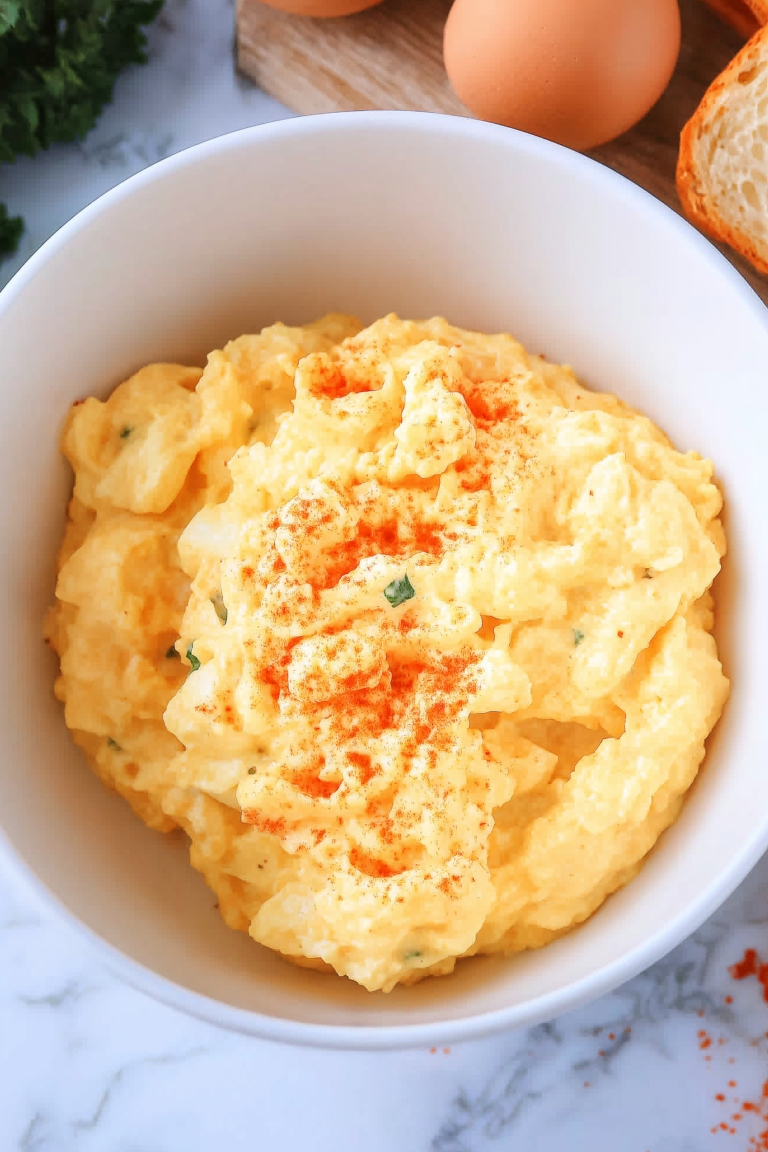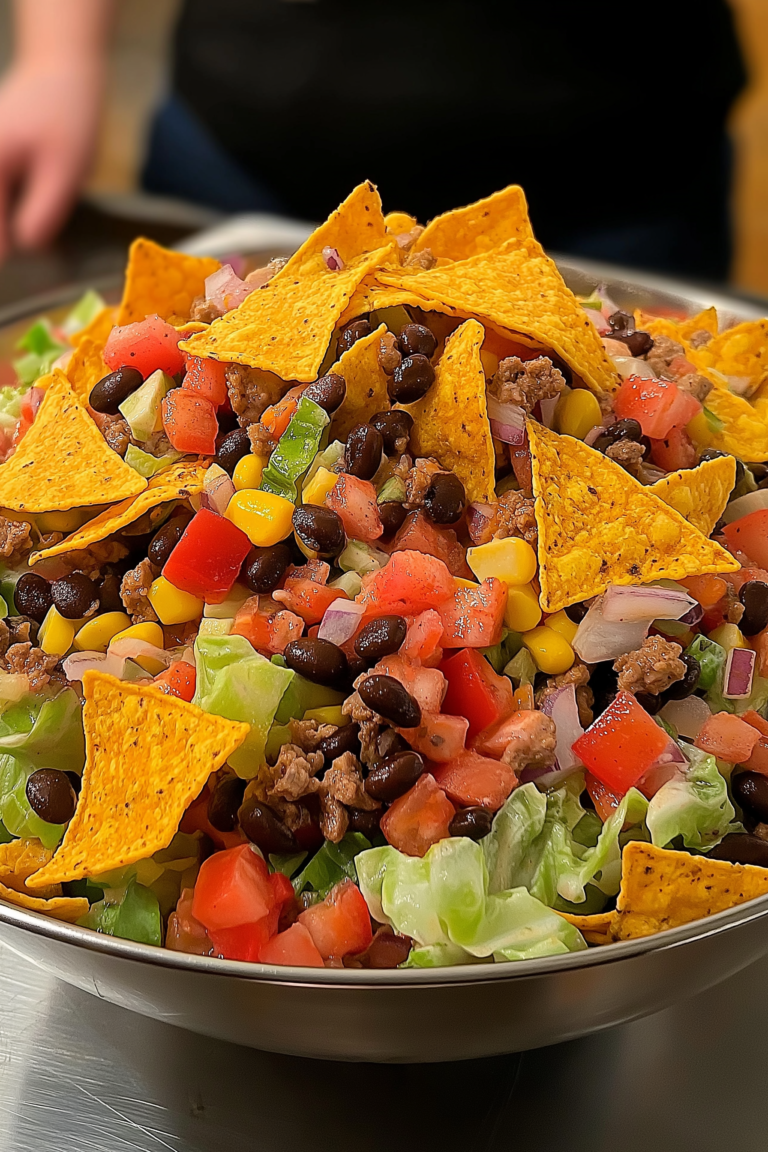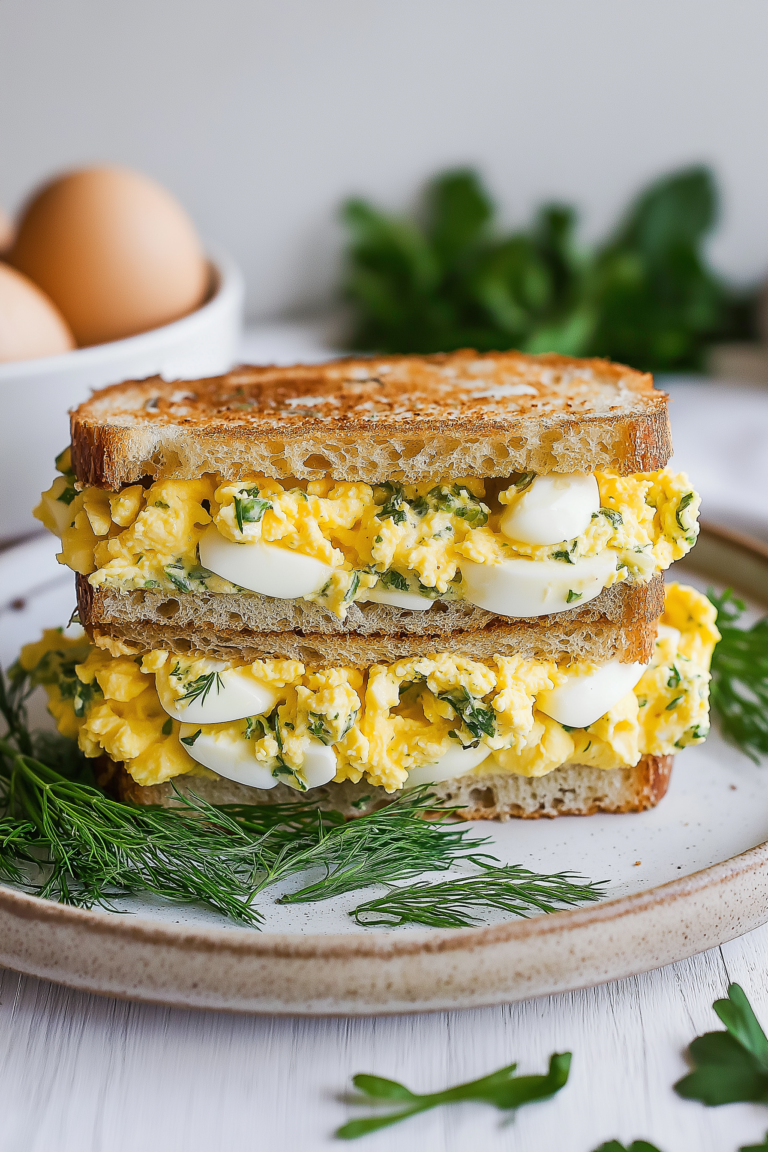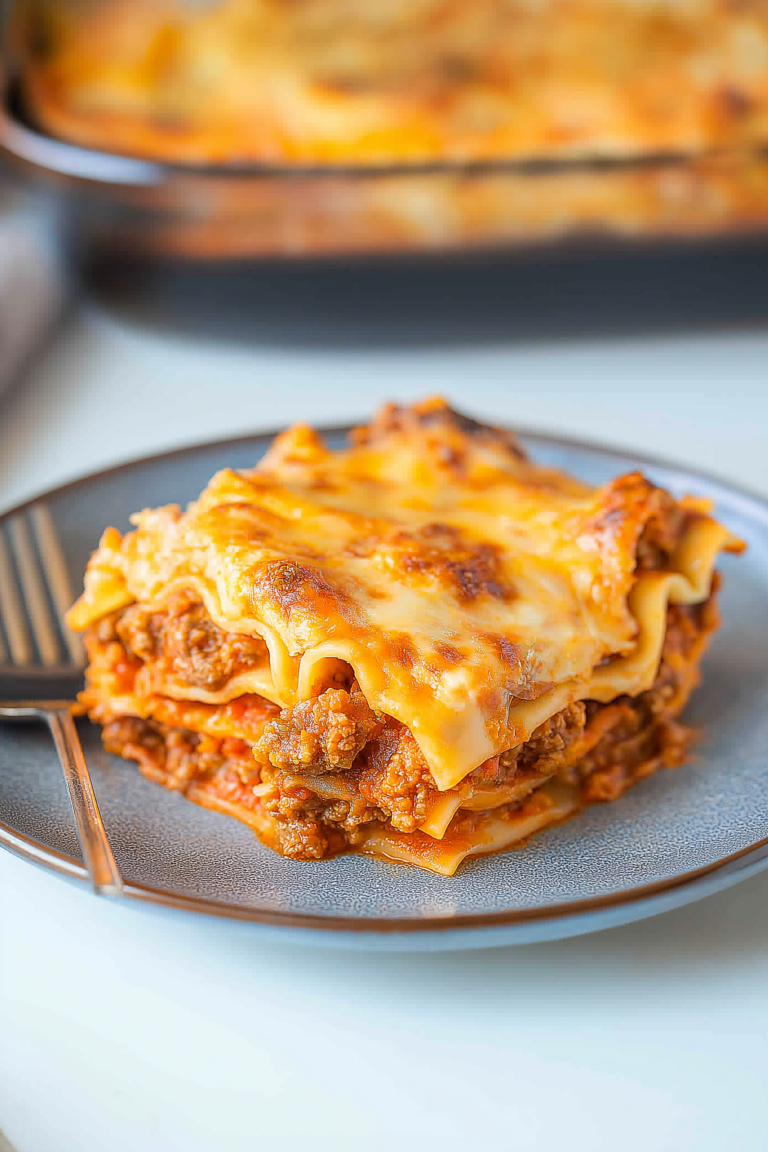This Authentic Korean Japchae Noodles Recipe is a beloved Korean dish made with chewy glass noodles (dangmyeon), colorful vegetables, tender beef, and a perfectly balanced sweet-savory sesame soy sauce. Served hot or cold, japchae is often enjoyed during holidays, celebrations, or as a flavorful side or main dish. Light, nutritious, and bursting with umami, it’s a true staple of Korean home cooking!
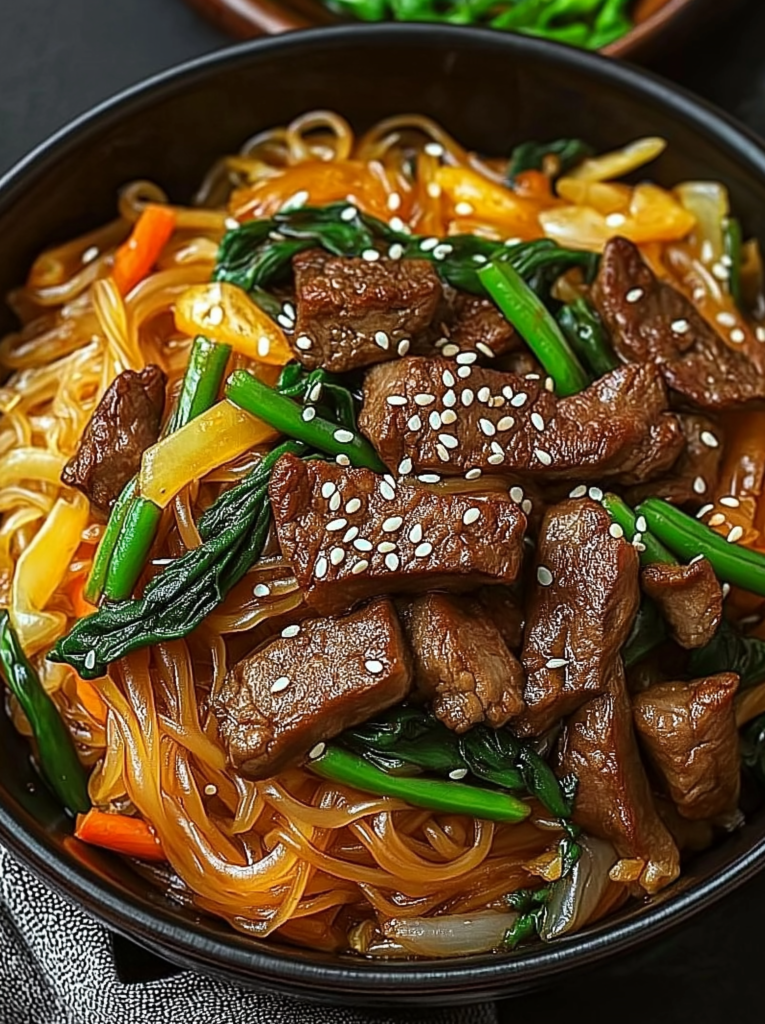
🛒 Ingredients
For the Noodles & Sauce
8 oz Korean sweet potato starch noodles (dangmyeon)
3 tablespoons soy sauce
1½ tablespoons sugar (white or brown)
1 tablespoon sesame oil
1 teaspoon sesame seeds
1 teaspoon minced garlic
For the Add-Ins
4 oz beef (ribeye or sirloin), thinly sliced
½ tablespoon soy sauce (for seasoning beef)
½ teaspoon sugar (for seasoning beef)
½ teaspoon sesame oil (for beef)
1 clove garlic, minced
1 small carrot, julienned
½ onion, thinly sliced
1 small red bell pepper, thinly sliced
2–3 shiitake mushrooms, sliced (rehydrated if dried)
2 cups spinach (blanched and squeezed)
1 egg (optional, for garnish – cooked into a thin omelet and sliced into strips)
2 green onions, chopped
Vegetable oil for sautéing
🔄 Substitutions
Noodles: Glass noodles (dangmyeon) are essential for authenticity, but you can substitute with vermicelli or rice noodles in a pinch
Beef: Use chicken, pork, tofu, or skip for a vegetarian version
Vegetables: Add zucchini, snap peas, or mung bean sprouts
Soy sauce: Use tamari or coconut aminos for gluten-free
Sugar: Honey or maple syrup work for a natural sweetener
👨🍳 How to Make
1. Cook the Noodles
Boil noodles according to package instructions (about 6–7 minutes). Drain and rinse under cold water. Cut with scissors into 6–8 inch lengths for easier eating. Toss with 1 teaspoon sesame oil to prevent sticking
2. Marinate the Beef
Mix sliced beef with ½ tablespoon soy sauce, ½ teaspoon sugar, ½ teaspoon sesame oil, and minced garlic. Let marinate while prepping veggies
3. Sauté the Vegetables
In a lightly oiled pan, sauté onions, carrots, bell peppers, and mushrooms separately over medium-high heat for 2–3 minutes each, seasoning lightly with a pinch of salt. Set aside.
Blanch spinach in boiling water for 30 seconds, rinse under cold water, squeeze out excess water, and set aside
4. Cook the Beef
In the same pan, cook marinated beef over medium-high heat until just cooked through. Set aside
5. Combine Everything
In a large mixing bowl or wok, combine noodles, beef, and vegetables
Add the japchae sauce (soy sauce, sugar, sesame oil, garlic, sesame seeds)
Toss well over medium heat or warm in a large skillet, stirring gently until fully combined and heated through
6. Garnish & Serve
Top with thin strips of egg (if using), extra sesame seeds, and chopped green onions
Serve warm, at room temperature, or chilled
🥕 Mix-ins & Garnishes
Julienned cucumber or daikon for crunch
Chili flakes or gochugaru for spice
Toasted nori strips
Toasted cashews or pine nuts for texture
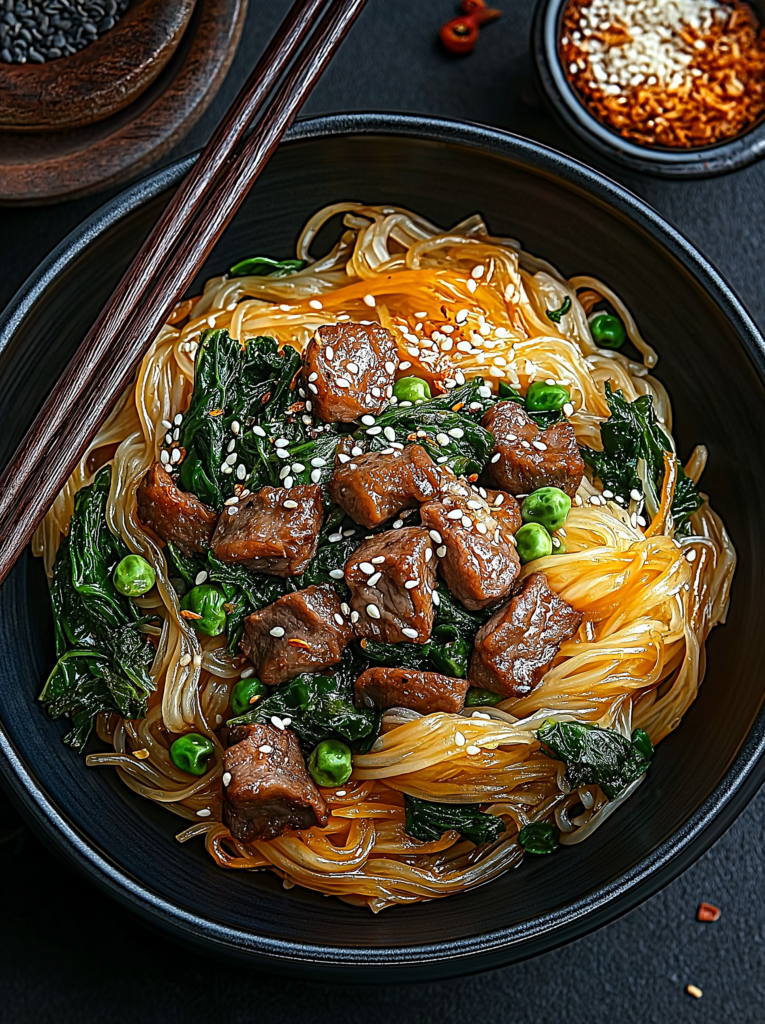
✅ Recipe Tips
Slice all vegetables uniformly for even cooking and a beautiful presentation
Cook each ingredient separately to maintain individual flavors and textures
Don’t overcook the noodles—they should remain chewy and bouncy
Japchae tastes even better the next day after the flavors meld
📦 Storage
Refrigerator: Store in an airtight container for up to 4 days
Freezer: Not recommended due to texture changes
Reheat: Gently reheat in a skillet over low heat with a splash of water or sesame oil
🌀 Recipe Variations
Vegetarian Japchae: Skip the beef and add tofu or more mushrooms
Spicy Japchae: Stir in gochujang or chili oil for a fiery twist
Japchae Salad: Serve chilled over mixed greens for a light meal
Mini Japchae Cups: Serve in small bowls or cups for party appetizers
❓ FAQs
Is japchae eaten hot or cold?
Both! It’s traditionally served warm but also delicious at room temp or cold from the fridge
Can I make japchae ahead of time?
Yes! It’s a great make-ahead dish—just reheat gently before serving or enjoy chilled
What makes japchae authentic?
The use of dangmyeon (sweet potato noodles), the separate cooking of ingredients, and the balance of sweet-savory sesame soy flavors
Can I make japchae gluten-free?
Yes! Use tamari or coconut aminos in place of soy sauce and ensure your noodles are gluten-free
Light, flavorful, and full of vibrant veggies, this Authentic Korean Japchae Noodles Recipe is a dish that delights in every bite. Whether you’re making it for a special occasion or a weeknight dinner, it brings a taste of Korea right to your kitchen. Let me know if you want a printable version or Pinterest-style graphic! 🥢🇰🇷🍜

Ava Brooks is the home cook behind RecipeSharingHub, sharing dependable, step‑by‑step recipes for busy weeknights and easy weekend bakes. When not testing dishes, Ava snaps kitchen photos and answers reader questions in the comments. Discover the latest recipes or join the newsletter for new ideas each week.

